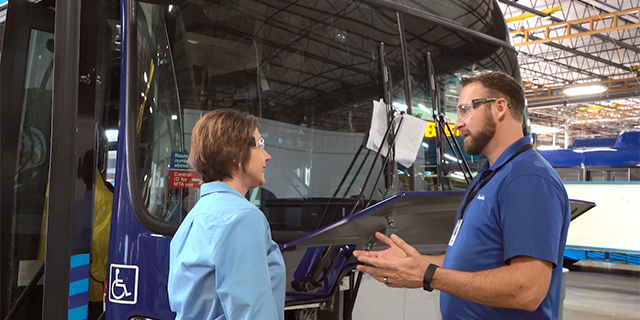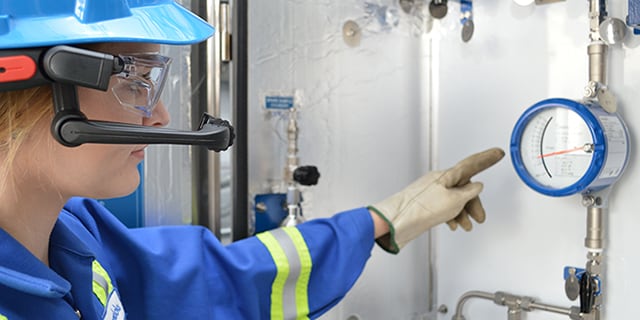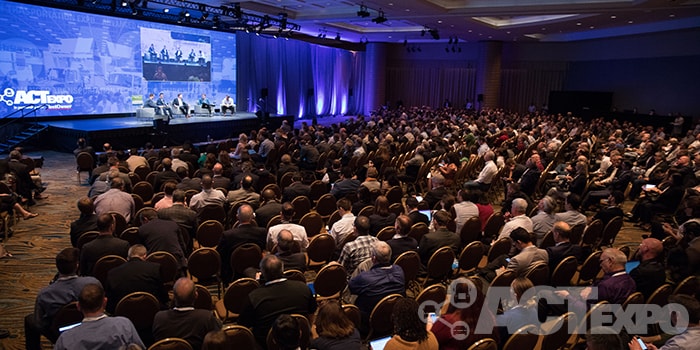Combating Common Fluid System Leaks in Tire Facilities

Combating Common Fluid System Leaks in Tire Facilities
Jason Duncan, Key Accounts Manager, Swagelok Alabama | Central and South Florida | West Tennessee
There’s a common assumption in the tire industry that manufacturing facilities are inherently hot, loud, and dirty environments—where there is always a problem to fix.
In truth, however, these negative perceptions can often be traced to a single source: leaky process pipes. As notorious as they may be, these process lines are not only often fixable, but can be optimized to improve safety, operational efficiency, profitability, and even product quality within a tire plant.
How can it be possible to accomplish so much with such a narrow focus? In part, because leaky process pipes are so prevalent in the typical tire plant, the comprehensive savings from eliminating wasted steam and other processes fluids can add up to significant overall cost savings. Additionally, there are a few specific areas in tire plants where piping plays an especially critical role. They are responsible for precise processes that can make or break whether a tire is up to manufacturer specification.
Here are a few applications in tire plants where operators can target costly, potentially dangerous leaks, and make progress towards more efficient, effective operations in the process:
Steam and Condensate Lines
Steam system boilers are essential equipment in a typical tire plant, primarily used to support a variety of processes throughout the manufacturing floor. They can account for a significant portion of a site’s overall energy consumption.
Despite the important role these systems play in the manufacturing process, it’s not uncommon to hear the hissing of leaking steam pipes throughout a tire plant. This is the sound of a preventable cost; a single small thread leak in a steam line can cost thousands of dollars in wasted energy every year if left unchecked. That might not sound like much in the grand scheme of things, but where there is one steam leak in a tire plant, there are typically several, and these costs can add up.
Escaping steam isn’t just a preventable cost—it can be a safety hazard, too. A worker who comes in contact with hot steam that has escaped a system line can experience a serious injury or burn. There’s a reason that “steam tattoo” is a familiar phrase to many in the tire industry.
What issues are causing all these leaks? Many steam systems are made of threaded pipes, which are prone to leaking at their connection points due to the repeated expansion and contraction that naturally occurs during operation. Even welded connections can fail due to heavy shock and repeated vibration, and these pipes are unfortunately more difficult to install and disassemble during maintenance.
Replacing steam pipes with tubing and tube fittings, which perform more reliably under the stresses of regular operation than threaded pipes, can be a part of the solution. Tubing not only performs better in many applications, but can also eliminate dozens of potential leak points.
Mixing Room Systems
Every tire manufacturer has its own recipe for a quality product—a proprietary “masterbatch” of rubber and additives that is initially blended in the plant’s mixing room. Here, heat and pressure are applied in large internal mixers, where spiral rotors churn at 30 to 40 rotations per minute with intense shearing action and require high energy loads per batch.
These mixers often use pipe systems to control applied heat and pressure throughout the process. But like in steam applications, these piping systems are prone to leaking. Use of tubing, tube fittings, and hoses can significantly reduce the potential for leaks and other issues while providing design, routing, and maintenance flexibility that pipe systems do not offer. A full audit of these systems from a qualified professional can illuminate significant opportunity for operational improvement.
The Curing Press
At the other end of the manufacturing process, tire curing represents one of the most important (and expensive) parts of making a high-quality tire.
Curing is performed using a hydraulic curing press, which utilizes significant amounts of energy and can account for anywhere between 60% and 90% of the factory’s total steam consumption. It’s also a high-stakes application: If a manufacturer is making tires for a specific OEM, it must meet that OEM’s exacting tire specifications. The press must be able to reliably maintain consistent pressures and temperatures for extended periods of time, depending on the size of the tire, to meet specifications. A major tire plant may have hundreds of curing presses operating at once, so there are many opportunities for problems to arise.
Once again, critical steam and hydraulic fluid lines for many curing presses are made up of threaded piping. Leaks here can compromise temperature and pressure consistency, potentially throwing tires off spec, increasing rejection rates, and requiring attention from maintenance teams. The same safety considerations for steam leaks described earlier apply here, and hydraulic fluid leakage can also create a slipping hazard.
Replacing these pipe systems with an optimized combination of tubing and hoses can be an effective way to eliminate leaks and drive up efficiency. For example, a higher-performance product, like an insulated hose for steam transport, can not only eliminate a leak, but contribute to more consistent curing temperatures and minimize the potential for worker injury.
If any of these challenges sound familiar, or if you see opportunities for improving fluid system processes in your tire plant, it’s worth seeking out a fluid system specialist who can help you optimize steam, hydraulic, and other processes. With available fluid system and hose auditing services, Swagelok can help you identify areas of opportunity and improved systems for minimized maintenance and more efficient operations.
Interested in learning more? See how onsite services from Swagelok can benefit your tire plant today.
Related Articles

Critical Components for Forward-Thinking Fuel Systems
Swagelok and bus manufacturer New Flyer have worked together for years to develop reliable alternative fuel systems for forward thinking transit applications.

Your Industrial Fluid System Safety Checklist
Follow these best practices to enhance the safety of your industrial fluid system.

Meeting the Needs of Hydrogen Vehicles and Zero-Emissions Technology at ACT Expo
Clean transportation is important, and hydrogen vehicles require reliable infrastructure to become more viable and widespread.

